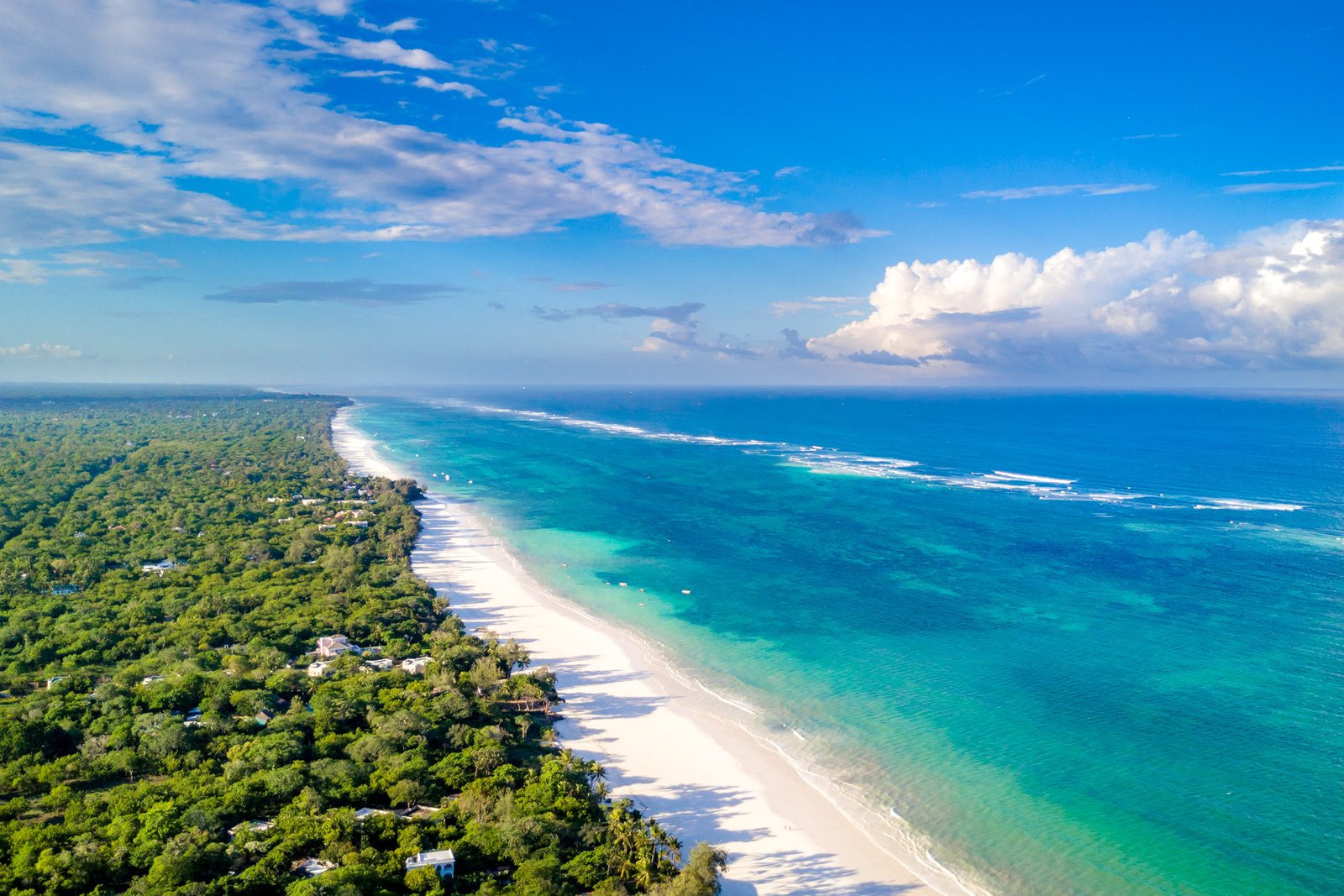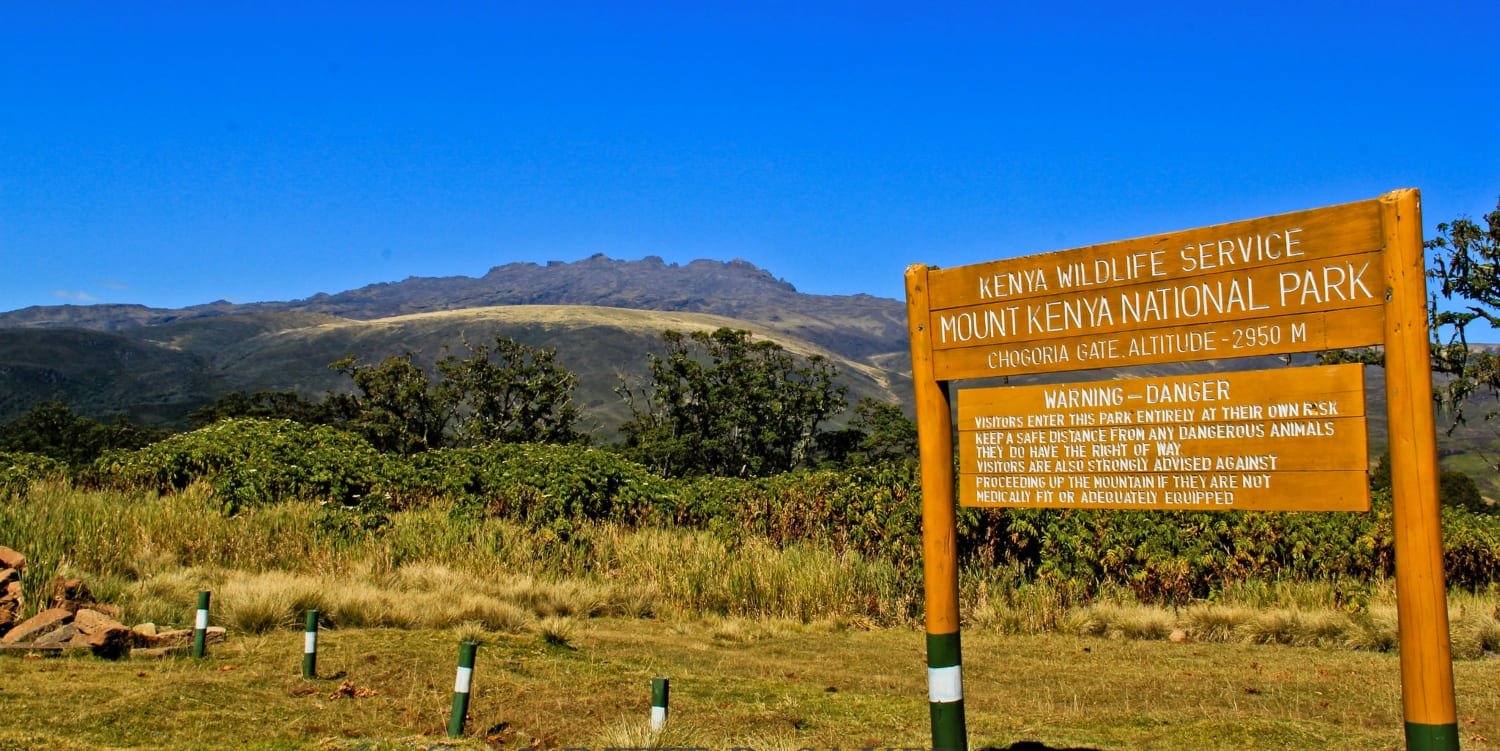🇰🇪 Kenya
Kenya is the birthplace of the African safari, offering an unmatched blend of world-renowned wildlife encounters, stunning landscapes, and vibrant cultures. Whether you're a first-time visitor or a seasoned explorer, Kenya’s diverse ecosystems and expertly managed national parks make it a premier safari destination.
The iconic Masai Mara National Reserve is the crown jewel of Kenya's wildlife offerings, known for its high densities of big cats — lions, cheetahs, and leopards — and its central role in the Great Migration of wildebeest and zebra from July to October. Beyond the bush, Kenya's palm-lined Indian Ocean coastline — including Diani Beach, Lamu, and Malindi — offers the perfect post-safari retreat.
Add in experiences like hot-air balloon rides, cultural visits with the Maasai, and birdwatching in the Great Rift Valley, and it’s easy to see why Kenya is a must-visit destination for nature lovers and adventurers alike.
Key Facts at a Glance
Population: Approx. 55 million
Currency: Kenyan Shilling (KES)
Geographical Size: 580,367 km²
Best Time to Visit: June to October (dry season and migration), and January to March for clear skies and great wildlife viewing
Official Languages: English and Kiswahili (Swahili)
Capital City: Nairobi
Major Airports: Jomo Kenyatta International Airport (NBO) in Nairobi, Moi International Airport (MBA) in Mombasa

Kenya: Masai Mara National Reserve
Famous for the Great Wildebeest Migration and abundant predators, the Masai Mara offers thrilling game drives and some of the best big cat sightings in Africa. Visit between July and October to witness dramatic river crossings and predator-prey action.
Amboseli National Park
Set against the backdrop of Mount Kilimanjaro, Amboseli is known for its vast herds of elephants and dramatic scenery. Photographers love the contrast of elephants framed by Africa’s tallest peak.


Lake Nakuru National Park in Kenya
Kenya a haven for bird lovers and rhino conservation, Lake Nakuru hosts thousands of flamingos (seasonal), white and black rhinos, and leopards among its acacia woodlands.

Diani Beach & the Kenyan Coast
After your safari, unwind on Kenya’s Indian Ocean coastline, where Diani Beach, Watamu, and Lamu Island offer palm-fringed shores, coral reefs, Swahili culture, and warm turquoise waters perfect for diving and relaxation.
Mount Kenya National Park
A UNESCO World Heritage Site, Mount Kenya is Africa’s second-highest peak. The park offers hiking, climbing, and scenic beauty with glaciers, alpine meadows, and endemic species.


Tsavo East & West National Parks
Kenya’s largest protected ecosystem, Tsavo is known for its red-dusted elephants, lava flows, and remote, wild landscapes — ideal for adventurous safari-goers seeking solitude and raw nature.
